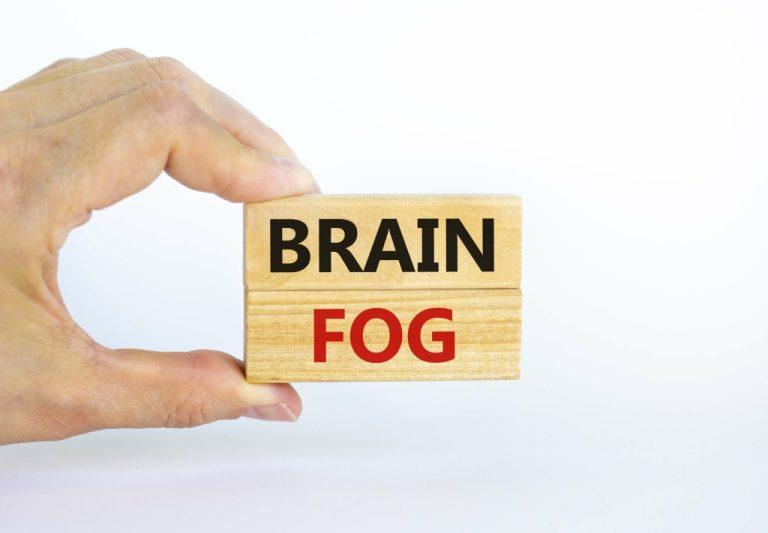Update on the Neurobiology of Alcohol Withdrawal Seizures PMC
Content
Inclusion and exclusion decisions for full-text articles were performed in duplicate by two trained reviewers . Patients with opiate addiction are at high risk for HIV infection and are susceptible to AIDS-related pneumonias, particularly those due to Pneumocystis jiroveci and Mycobacterium tuberculosis. Seizures typically terminate spontaneously or are easily controlled with benzodiazepines. Every article is reviewed by our esteemed Editorial Board for accuracy and currency.

Patients in the study received 800 mg of carbamazepine on the first day, with the dosage tapered to 200 mg by the fifth day. Carbamazepine also appears to decrease the craving for alcohol after withdrawal. Although carbamazepine is used extensively in Europe, its use in the United States has been limited by lack of sufficient evidence that it prevents seizures and delirium. Alcohol withdrawal delirium, or delirium tremens, is characterized by clouding of consciousness and delirium. Benzodiazepines are the most commonly used medication for the treatment of alcohol withdrawal and are generally safe and effective in suppressing symptoms of alcohol withdrawal. This class of medication is generally effective in symptoms control, but need to be used carefully. Although benzodiazepines have a long history of successfully treating and preventing withdrawal, there is no consensus on the ideal one to use.
Understanding Delirium Tremens aka DTs
The diagnostic yield for CT following a first alcohol-related seizure is high. A 1988 Denver study reported head CT scan results in 259 patients with a first alcohol-related convulsion. A clinically significant lesion was found in 16 (6.2%) patients, seven of whom were alert and had nonfocal neurologic examinations and no history of trauma.
Should you go to the hospital after a seizure?
Call 911 or seek emergency medical help for seizures if: A seizure lasts more than five minutes. Someone experiences a seizure for the first time. Person remains unconsciousness after a seizure ends.
In group therapy, you will work with a group of other individuals in treatment and one or two therapists. Group therapy helps you look at issues from different perspectives, get advice from others who are struggling with addiction, and are held accountable by other members. After detoxing to clear up the physical addiction, it’s important to enter a treatment program to address the psychological addiction. It’s the changes to your brain that need treatment to help you manage your addiction. To accomplish this, evidence-based behavioral therapies are commonly used.
FOLLOW COMPASS DETOX ON SOCIAL MEDIA!!!
Dependence is a chemical response to the consistent presence of alcohol in your brain and body. The spectrum of withdrawal symptoms and the time range for the appearance of these symptoms after cessation of alcohol use are listed in Table 2. Generally, the symptoms of alcohol withdrawal relate proportionately to the amount of alcoholic intake and the duration of a patient’s recent drinking habit. Most patients have a similar spectrum of symptoms with each episode of alcohol withdrawal. According to experts writing for a 2003 publication of CNS Drugs, a type of prescription drug called benzodiazepines prevents seizure development. They are also the gold standard for treating withdrawal seizures, according to experts from the Post Graduate Institute of Medical Education and Research and the ESIC Medical College and Hospital in India.
Clinical institute withdrawal assessment for alcohol–revised might be an unreliable tool in the management of alcohol withdrawal. In addition, vitamin supplements may be given to replace essential vitamins that are depleted by alcohol use. Once withdrawal is complete, additional medications and supplements may be needed to address complications and nutritional deficiencies that occur because of chronic alcohol use.
Seizures and Stages in the Alcohol Withdrawal Process
The periaqueductal gray is thought to trigger clonic seizures, whereas the pontine reticular formation is implicated in the generation of the tonic phase of audiogenic seizures . Some evidence suggests that the IC plays a role in alcohol withdrawal seizures in humans, as it does in rodents.
What can an EEG tell you about seizures?
An EEG records the electrical activity of the brain via electrodes affixed to the scalp. EEG results show changes in brain activity that may be useful in diagnosing brain conditions, especially epilepsy and other seizure disorders.
One of these symptoms is a lowered seizure threshold that increases the risk of seizures. Alcohol use disorder is a disorder in which a person consumes alcohol in an unhealthy way. This can be binge drinking or craving alcohol continually throughout the day. When a person’s brain is constantly exposed to high levels of alcohol, it physically changes. The brain becomes dependent upon the presence of alcohol in order to function. If the alcohol is removed suddenly, the brain revolts and the person experiences alcohol withdrawal symptoms.
Brain Substrates for Alcohol Withdrawal Seizures
Below, you’ll learn more about seizures, how they can be linked to alcohol use, abuse and alcoholism, and how to know whether you or someone you love might be addicted to alcohol. People in adolescence who experience repeated withdrawals from binge drinking show impairments of long-term nonverbal memory.
Bozikas V, Petrikis P, Gamvrula K, Savvidou I, Karavatos A. Treatment of alcohol withdrawal with gabapentin. Kalluri HS, Mehta AK, Ticku MK. Up-regulation of NMDA receptor subunits in rat brain following chronic ethanol treatment. Whittington MA, Lambert JD, Little HJ. Increased NMDA receptor and calcium channel activity underlying ethanol withdrawal hyperexcitability. Kang M, Spigelman I, Sapp DW, Olsen RW. Persistent reduction of GABAA receptor-mediated inhibition in rat hippocampus Alcohol Withdrawal Seizure after chronic intermittent ethanol treatment. Yang L, Long C, Faingold CL. Neurons in the periaqueductal gray are critically involved in the neuronal network for audiogenic seizures during ethanol withdrawal. Yang L, Long C, Faingold CL. Neurons in the deep layers of superior colliculus are a requisite component of the neuronal network for seizures during ethanol withdrawal. Nevo I, Hamon M. Neurotransmitter and neuromodulatory mechanisms involved in alcohol abuse and alcoholism.
Once a person experiences a seizure, they are also at a higher risk for developing seizure disorders. If this person doesn’t significantly reduce their drinking, they are risking serious medical conditions down the road. If someone consumes 4-5 servings of alcohol in a 2-hour period, this constitutes binge drinking. The liver cannot process this amount https://ecosoberhouse.com/ of alcohol quickly enough and the alcohol will be absorbed into the bloodstream. Since the body can’t detox the alcohol fast enough, the alcohol overwhelms the central nervous system. When this happens, life support systems within the body tend to slow down or malfunction. In some cases, seizures may occur after the acute withdrawal phase is over.

